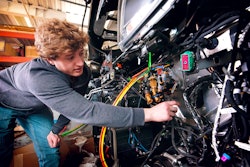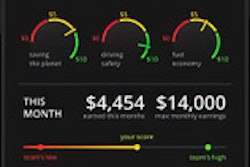More and more companies are hopping on the AI chatbot bandwagon. You go to their website where there’s a near-immediate popup with a chat assistant.
But it’s not a human behind a computer screen on the other end. It’s just a chatbot that’s designed to provide an automated response based on what you input in the chat field. And sometimes it gives you the answer you’re looking for, and sometimes it doesn’t help at all.
For me, personally, most of the time, it’s the latter.
I was on my banking website the other day looking for a link to purchase checks, but no matter which drop-down menu I went to, I couldn’t find what I needed. So I opted for the online chat function. Now, I may live in a Podunk town where the small banks only recently moved from automated phone lines to online banking, but I have banked for years with a decent-sized bank that regularly invests in upgrading and innovating with technology. You would think I wouldn’t have an issue with such a simple task, but I still couldn’t find what I was searching for.
This isn’t a one-off. This happens more often than not with many different websites. And sometimes I can’t even find the option for an online chat.
It seems like every time I turn around, these companies are just trying to block me from accessing them, and it’s frustrating to say the least.
I’ve seen more trucking companies taking part in this trend, implementing their own chatbots – some aimed at drivers, some aimed at customers and some aimed at both. These same companies preach driver and customer satisfaction, and these AI engines are meant to improve upon that. But do they?










